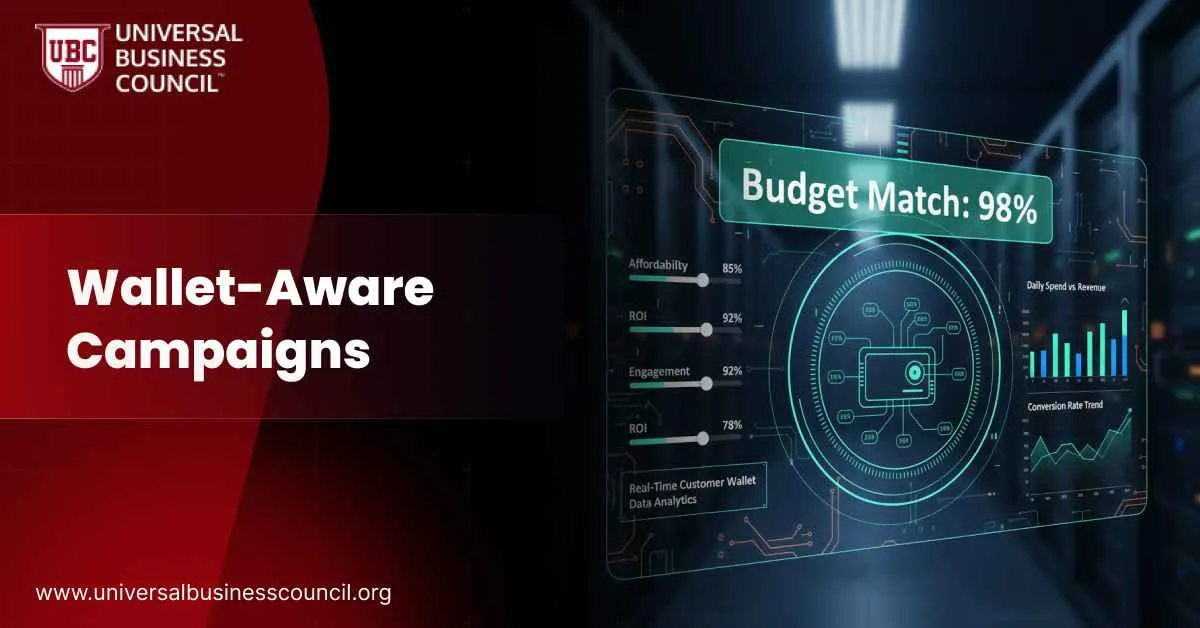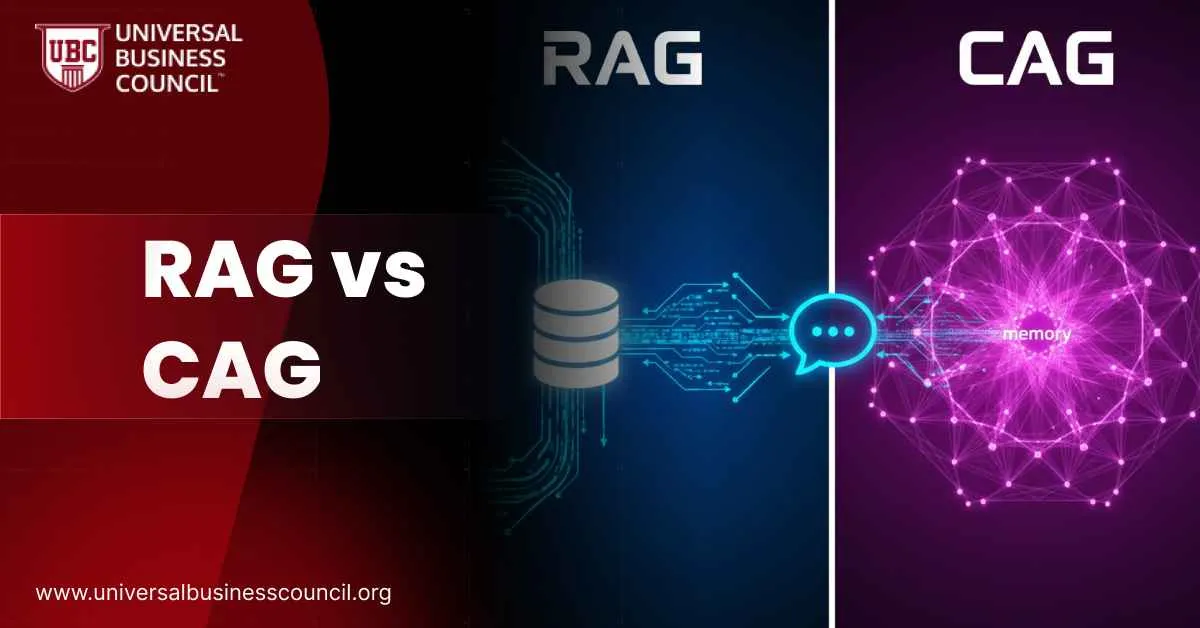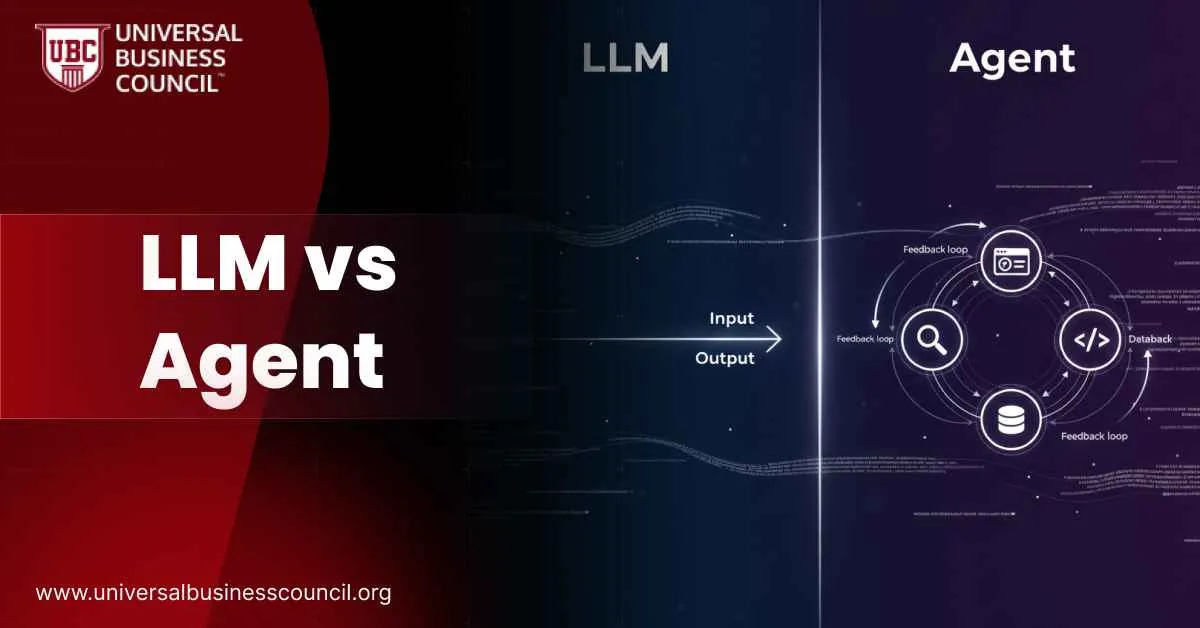 Marketers are exploring new ways to connect with crypto audiences, and one of the most powerful approaches is wallet-aware campaigns. These campaigns analyze blockchain wallet activity to understand what users hold, trade, or interact with, then use those insights for personalized outreach. Instead of guessing who might be interested in a token or project, brands can see real on-chain behavior and target users based on verifiable actions.
As this trend grows, professionals are looking for structured learning like a Marketing and Business Certification to build strategies that blend privacy, blockchain data, and effective targeting.
Marketers are exploring new ways to connect with crypto audiences, and one of the most powerful approaches is wallet-aware campaigns. These campaigns analyze blockchain wallet activity to understand what users hold, trade, or interact with, then use those insights for personalized outreach. Instead of guessing who might be interested in a token or project, brands can see real on-chain behavior and target users based on verifiable actions.
As this trend grows, professionals are looking for structured learning like a Marketing and Business Certification to build strategies that blend privacy, blockchain data, and effective targeting.
What Wallet-Aware Campaigns Mean
A wallet-aware campaign relies on public blockchain data to tailor messages. Unlike web cookies or email lists, wallet data is transparent and real-time. Marketers can see token balances, NFT ownership, staking patterns, and even governance participation. With this insight, they can create highly relevant campaigns, such as sending a staking guide to someone who holds tokens but has never staked.Tools and Platforms Making It Possible
Several platforms are driving this new approach:- Blockchain-Ads: Offers WalletTargeting™, letting brands filter audiences by holdings, DeFi activity, and transaction behavior.
- Addressable, Cookie3, and Spindl: Provide wallet analytics and retargeting tools that link on-chain behavior to campaign performance.
- Formo: Helps projects segment users by wallet activity, such as staking, trading, or long-term holding, and then tailor engagement accordingly.
Real Use Cases
Wallet-aware targeting is already being used across Web3 campaigns:- Educating token holders on staking when their wallets show idle tokens.
- Sending governance reminders to users with voting tokens.
- Delivering NFT-holder exclusives, such as content drops or gated access.
- Retargeting wallets that tried a dApp but never completed a transaction.
- Rewarding loyal users who hold tokens over time with perks like NFT airdrops or early product access.
Why Wallet Data Is Valuable
The key benefit of wallet targeting is accuracy. Unlike self-reported surveys or third-party data, blockchain data cannot easily be faked. It shows what users are really doing in real time. This builds trust and makes campaigns more relevant. Wallet targeting also moves beyond one-time airdrops, which often attract short-term users. Instead, it enables ongoing loyalty strategies like quests, rewards, and progressive engagement.Challenges and Risks
Despite its potential, wallet-aware marketing faces several hurdles:- Privacy concerns: Even though wallets are public, using them for targeting raises ethical questions. Users may want more transparency and opt-in choices.
- Regulatory uncertainty: Different regions have strict rules on crypto advertising, and wallet-based targeting adds more complexity.
- Identity issues: Wallets are pseudonymous. Clustering tools may misidentify who controls them.
- Signal noise: A wallet holding tokens may not mean the user is interested or active. Context matters.
- Technical costs: Accessing, storing, and analyzing wallet data requires infrastructure and expertise.
Best Practices for Wallet-Aware Campaigns
- Focus on transparency. Explain how wallet data is being used.
- Design campaigns that add value, not just promotions.
- Segment carefully. Avoid lumping all token holders into the same group.
- Combine wallet data with engagement signals to reduce noise.
- Test with pilot campaigns before scaling across multiple chains.
Examples of Wallet-Aware Campaign Types
| Campaign Type | What It Targets |
| Staking outreach | Token holders who have not staked yet |
| Governance nudges | Wallets holding governance tokens |
| NFT exclusives | Owners of specific NFT collections |
| dApp retargeting | Users who interacted but did not transact |
| Loyalty rewards | Long-term holders of tokens or NFTs |
| DeFi education | Wallets with LP tokens but no lending activity |
| Whale campaigns | High-balance wallets with active trading |
| Cross-chain users | Wallets operating on multiple blockchains |
| Quest-driven loyalty | Users who complete on-chain actions |
| Dynamic offers | Real-time promotions triggered by activity |




Leave a Reply